
Amboseli National Park- balloon ride with a view of Kilimanjaro
Amboseli National Park is the second most visited park in Kenya, right after the famous Masai Mara, attracting tourists from all over the world. The park’s name, “Amboseli,” means “salty dust” in the Maasai language, reflecting its semi-arid nature. Initially established in 1906 as the Southern Reserve for the Maasai people, it was designated a national park in 1974.


The park’s diverse landscape consists of four main zones: savannah, acacia woodlands, wetlands, and the dried-up Amboseli lake bed.



The park is home to numerous underground springs fed by the ice cap of Kilimanjaro. These water sources create an ideal habitat for birds. Around 400 bird species inhabit the park, including pelicans, kingfishers, flamingos, herons, ostriches, and storks.

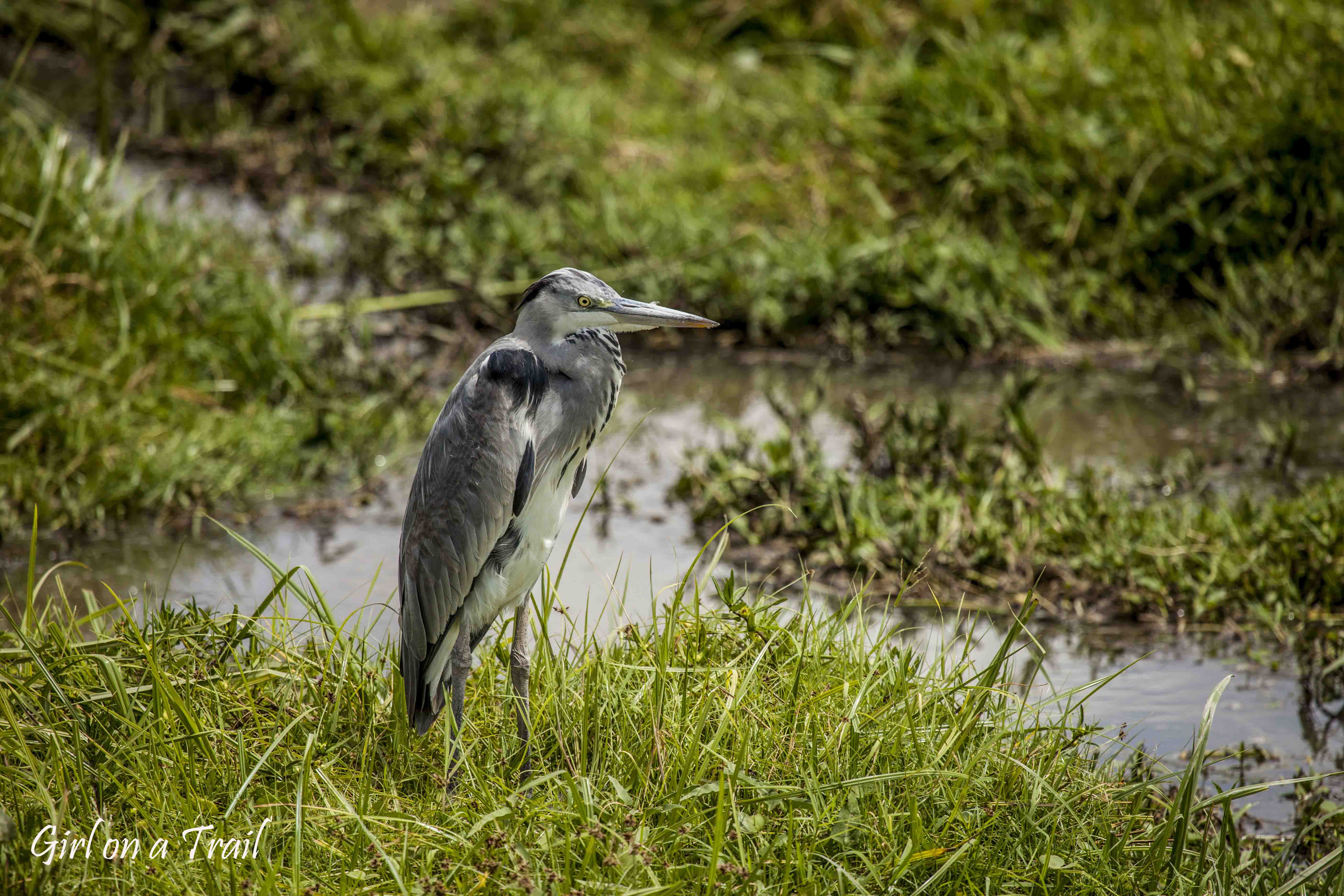
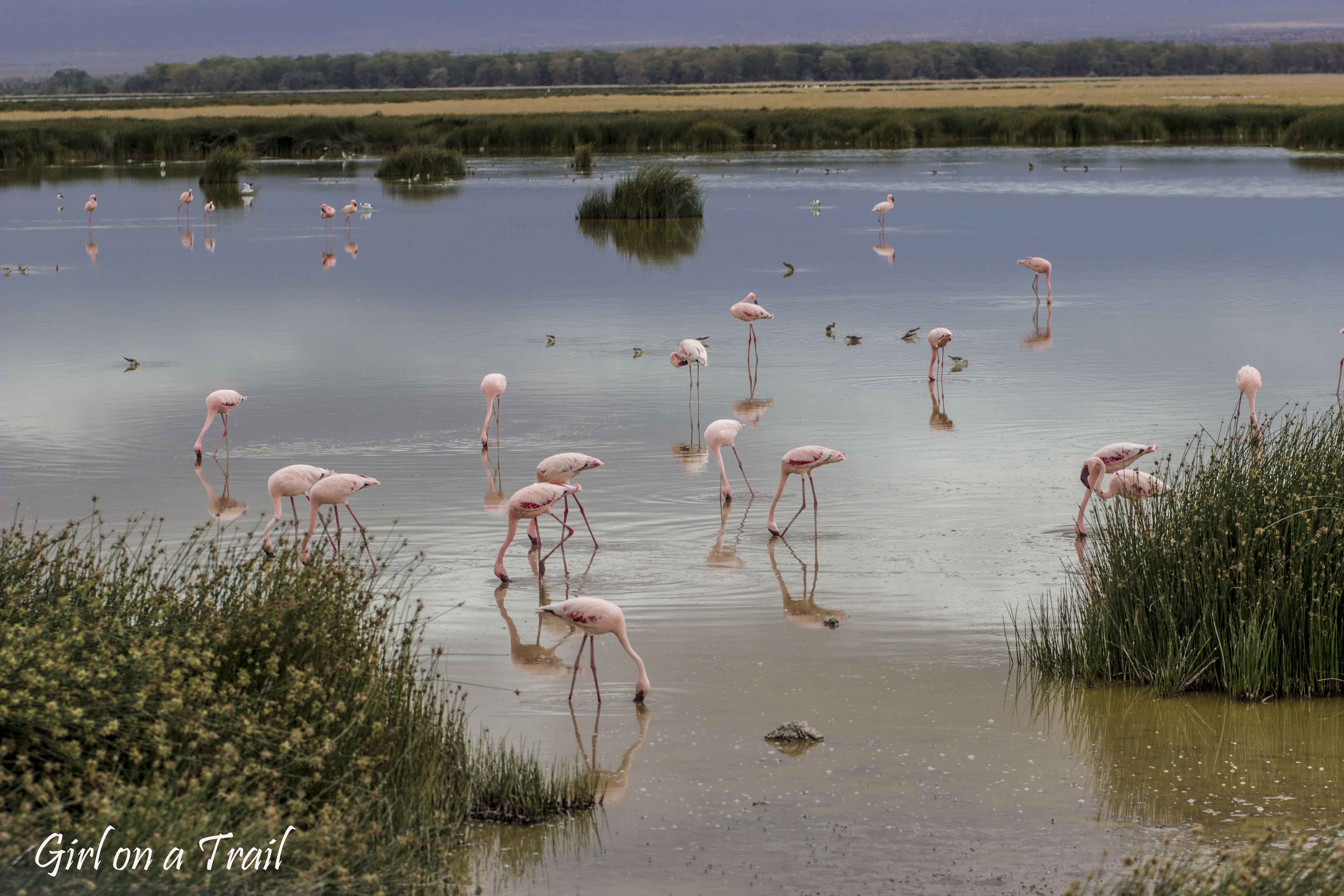
However, the park’s most famous attraction is its large elephant herds. It’s estimated that over 1,600 elephants live in Amboseli. In addition to elephants, visitors can also see lions, cheetahs, buffaloes, giraffes, zebras, wildebeests, impalas, and hippos.



The best view of the park is from Observation Hill, offering a sweeping panorama of the plains, swamps, and if weather permits, a glimpse of the snow-capped peak of Kilimanjaro, Africa’s tallest mountain, standing at 19,341 feet.

Sadly, seeing the entire mountain is rare, as its peak is often hidden by clouds. The best time to see it is at dawn or sunset, when the clouds tend to rise. Last year, while I was in Tanzania, I only managed to catch a fleeting glimpse of the mountain’s majestic peak. So this year, I set myself the goal of seeing it in all its glory. I had no choice but to opt for a balloon ride. 😉I must say, it was one of those experiences that I’ll remember for a long time.


While it might not be the best way to spot wildlife, from high up, you can admire the park’s spectacular panorama.


High above the ground, I watched an incredible sunrise over the vast Amboseli plains.
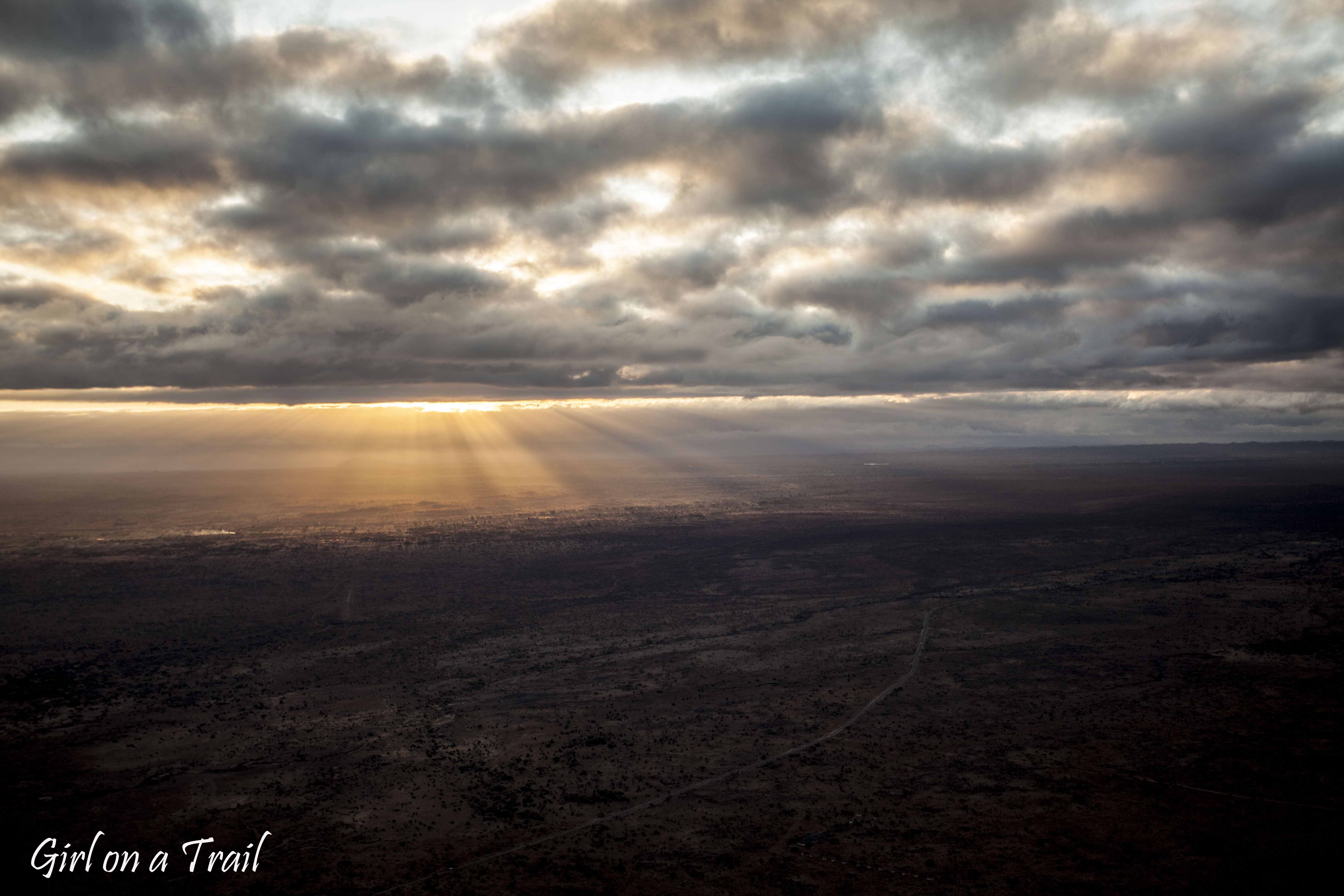

Then, moments later, Kilimanjaro emerged from the clouds. The view was breathtaking, and the mountain seemed to rise from nowhere. I could even see the snow-covered peak. At that moment, I thought to myself, it’s time to make another dream come true and climb to the summit.


The best time to visit Amboseli is during the dry season, from June to October. During this period, the grass is shorter, making it easier to spot animals, as they gather around water sources. The weather is also favorable – the days are warm, and the nights cooler, with temperatures dropping to as low as 15°C. Entrance to the park costs $60, with a discounted rate of $35 for children.
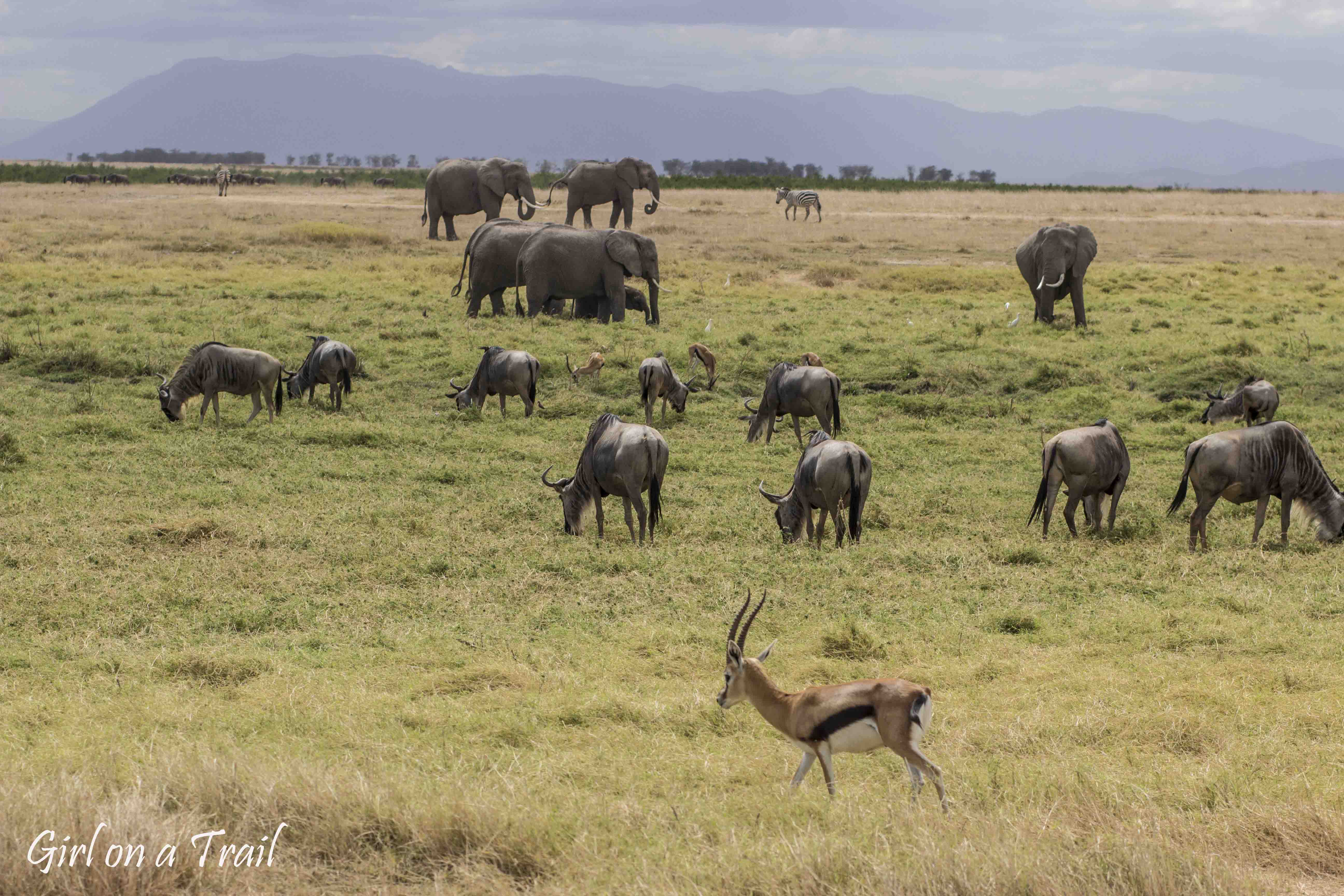

Amboseli National Park is not only a haven for wildlife but also a symbol of successful conservation efforts. It stands as a living testament to the harmonious coexistence of people and wildlife, especially the Maasai people, who have played a key role in protecting this unique ecosystem.


Amboseli National Park offers unforgettable experiences. The stunning views of Kilimanjaro, vast elephant herds, and rich biodiversity make this place truly special.
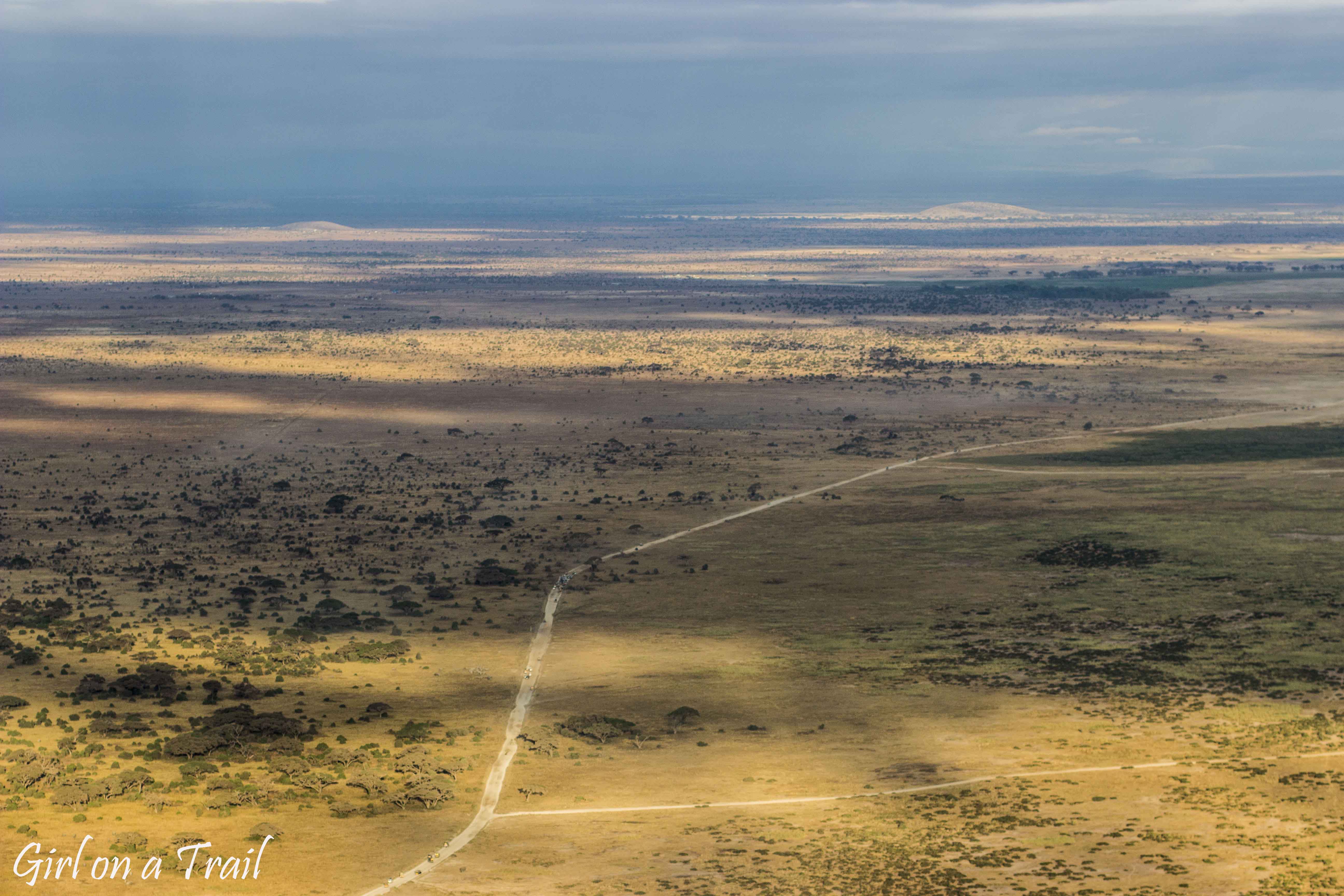

Finally, a sunset at the campsite at the foot of Kilimanjaro 😊





